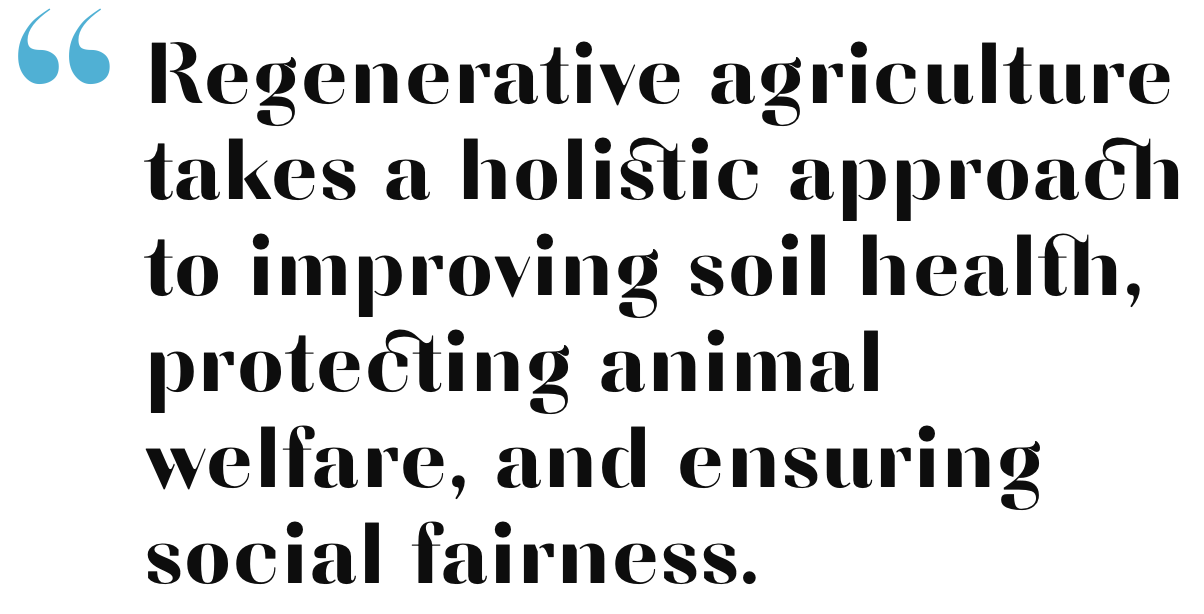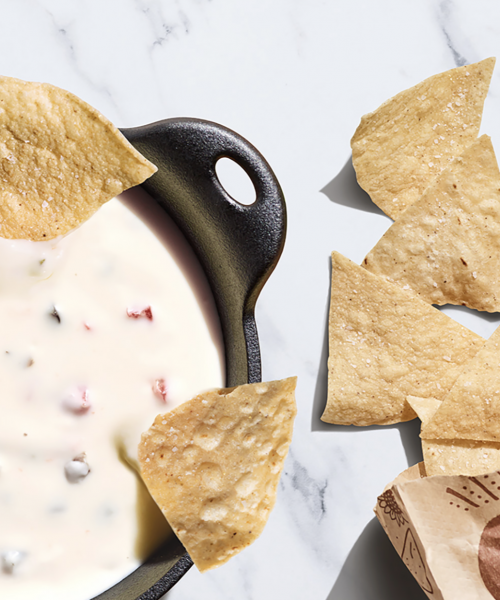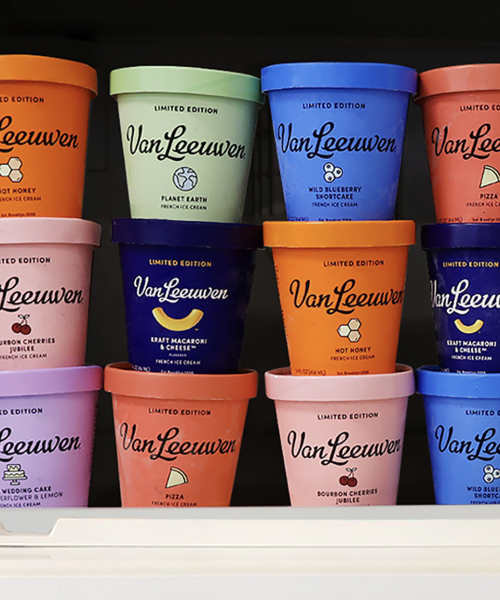By Mary-Frances Heck | FoodAndWine.Com
Troy Warren for CNT
Regenerative agriculture promises a happier ecosystem for animals, farmers, and the planet.
Reading food labels can feel like using a very confusing thesaurus, where natural doesn’t mean organic and non-GMO isn’t the same as heirloom. Labeling confusion can ultimately leave well-intentioned customers unable to make eco-conscious food choices when they want to. But when regenerative started being used to greenwash products that did not fit the true definition of the term, a group of farmers pushed back and set about codifying its meaning.
Coined by organic pioneer Robert Rodale in the 1980s to describe extra-sustainable farming practices, regenerative agriculture takes a holistic approach to farming. In 2017, the Regenerative Organic Alliance (ROA) was formed to lay out guidelines for farmers, building upon the rules established for USDA organic certification with three additional emphases: improving soil health, protecting animal welfare, and ensuring social fairness. To develop the certification rules, ROA is working with farms in a pilot program to fine-tune guidelines for different agricultural areas. White Oak Pastures (meat), Tablas Creek Vineyard (wine), and New Barn Organics (almonds and eggs) are among the participating farms. Starting this year, shoppers will begin to see Regenerative Organic Certified labels on foods at the supermarket. It is a label worth seeking out.

For cooks concerned with climate change, regeneratively raised meat is the best choice: Animals are grazed on native pasture, pecking at insects or munching on grasses while leaving fertilizer behind-and they are moved among fields, allowing the pasture to regrow. In this system, more organic matter is reincorporated into the earth, capturing carbon while at the same time building soils that are more capable of withstanding droughts and floods. And because animals forage for food in open air, fewer chemically intensive monocultures (like corn and soy) are needed to feed them.
ROA did not invent the idea of regenerative farming-these are practices that Indigenous communities have innovated upon for centuries. But the organization’s efforts have created metrics for farmers that will ultimately empower consumers to make more informed-and truly sustainable-food choices. Learn more at regenorganic.org.
Pastured chicken from White Oak Pastures, one of the pilot farms helping to establish guidelines for the Regenerative Organic Certification label, has lots of flavorful dark meat, making it ideal for gentle stewing in a mix of summer peppers and herbs. From $21 per bird, whiteoakpastures.com
In Other NEWS



































